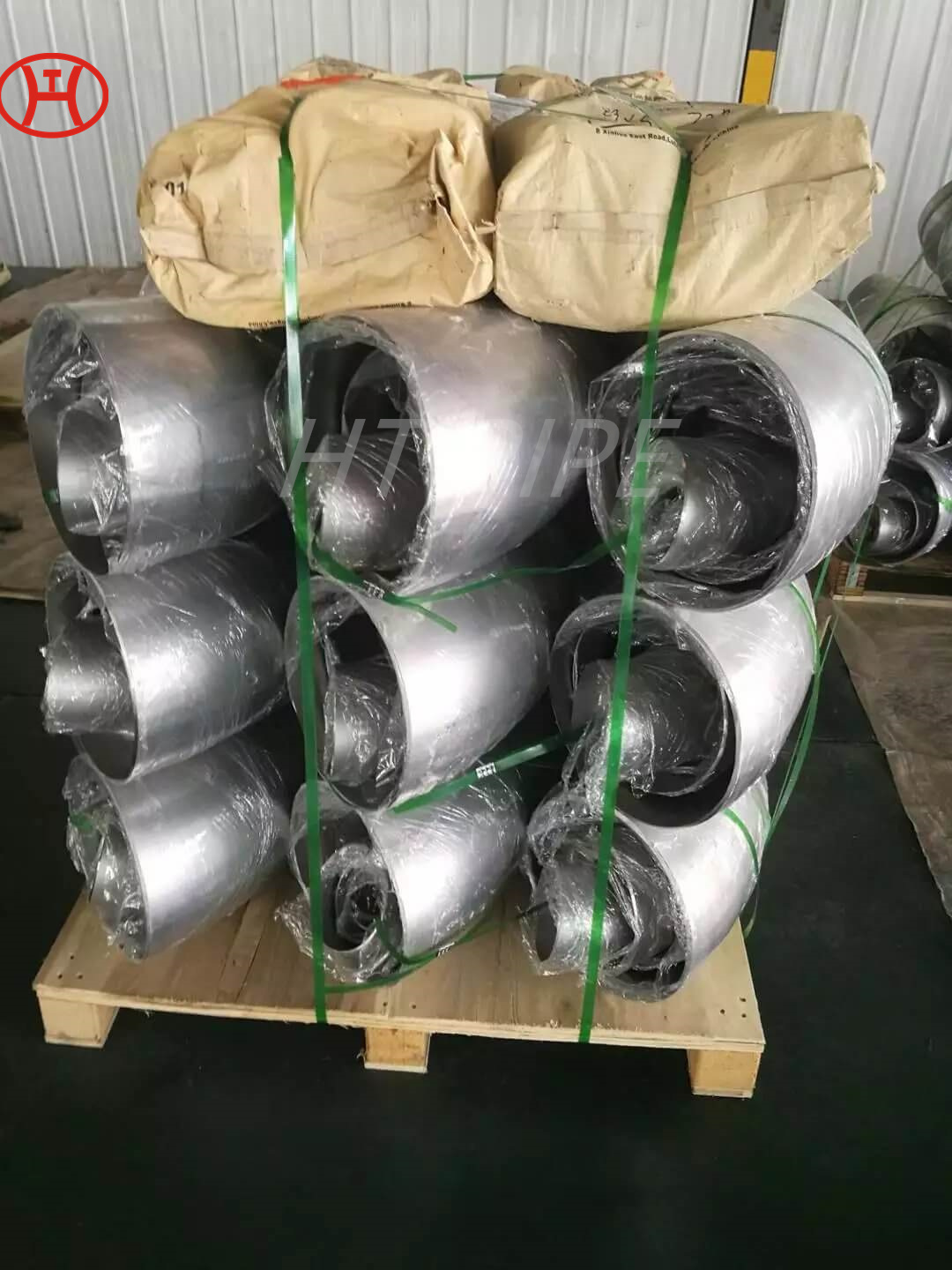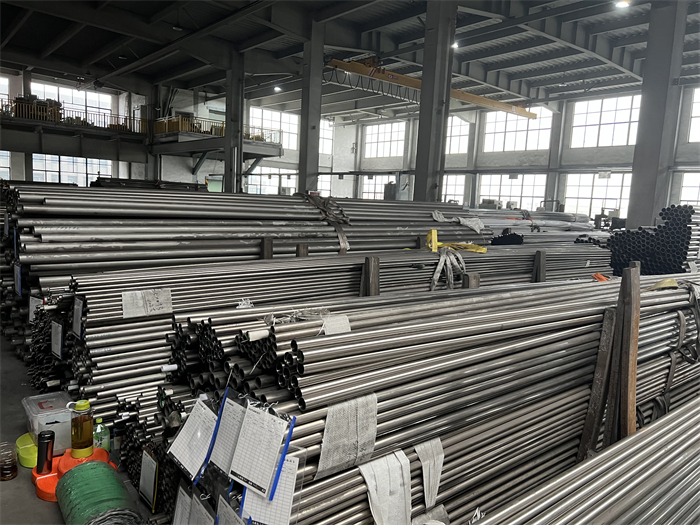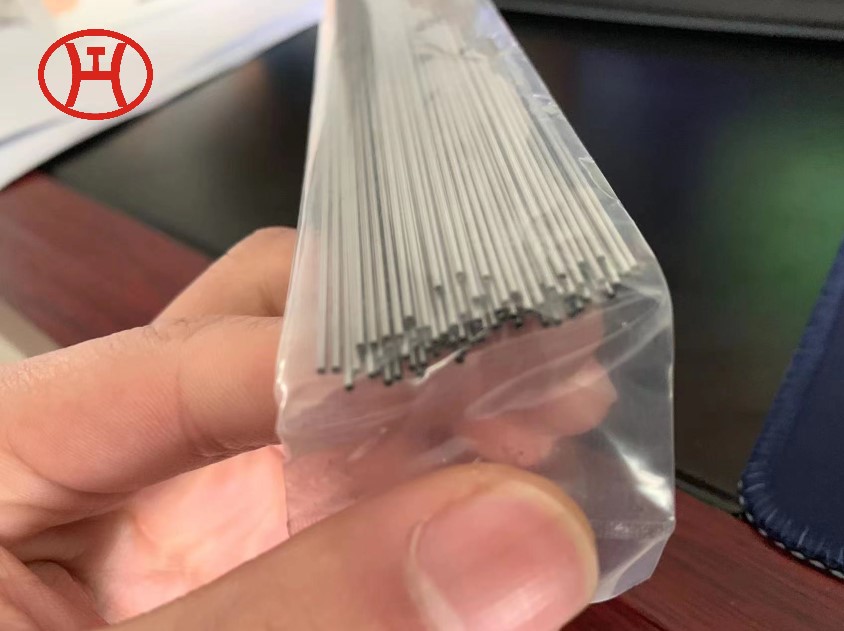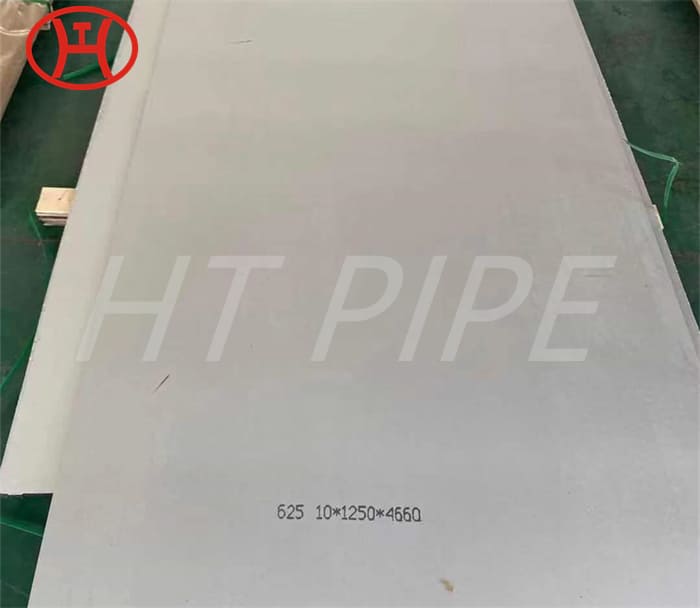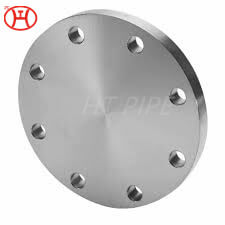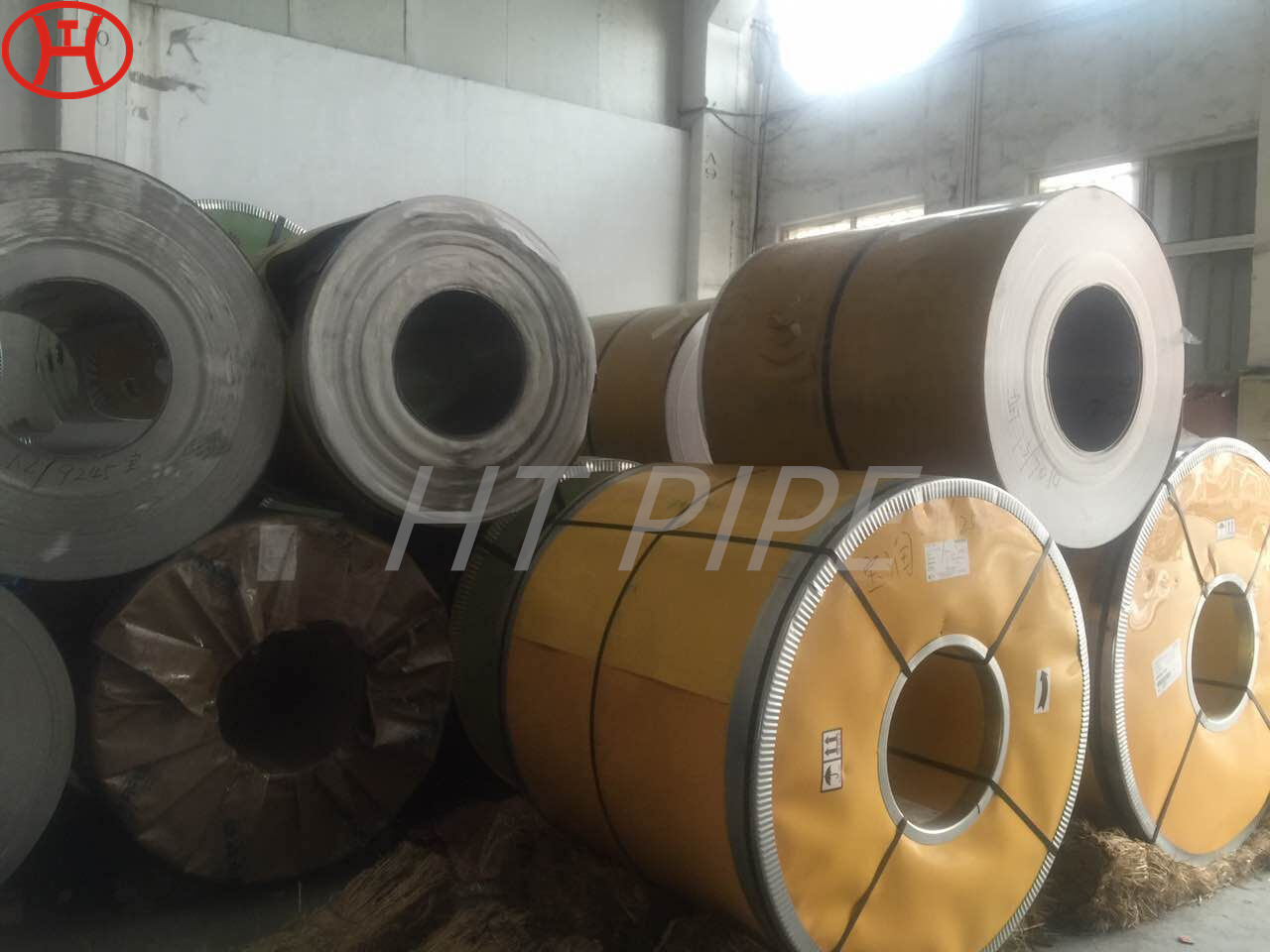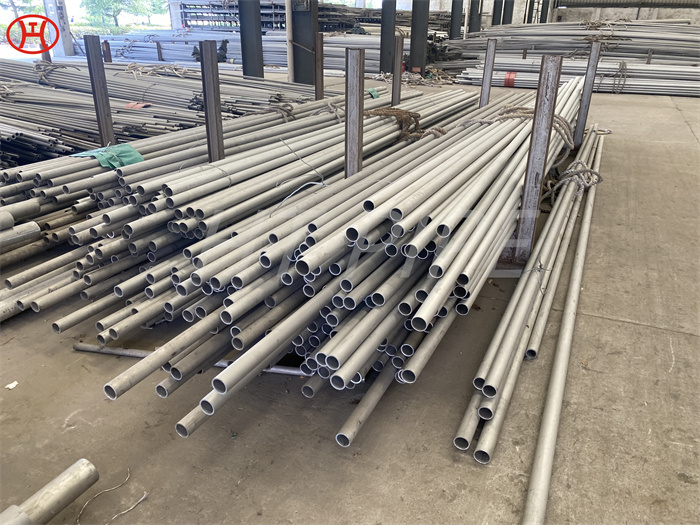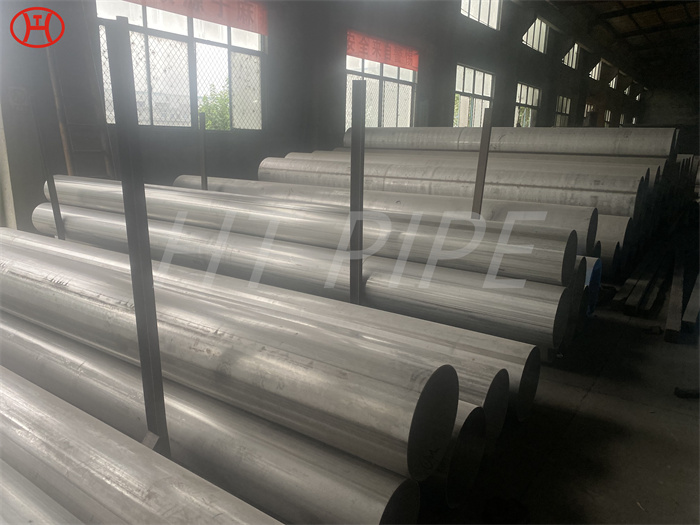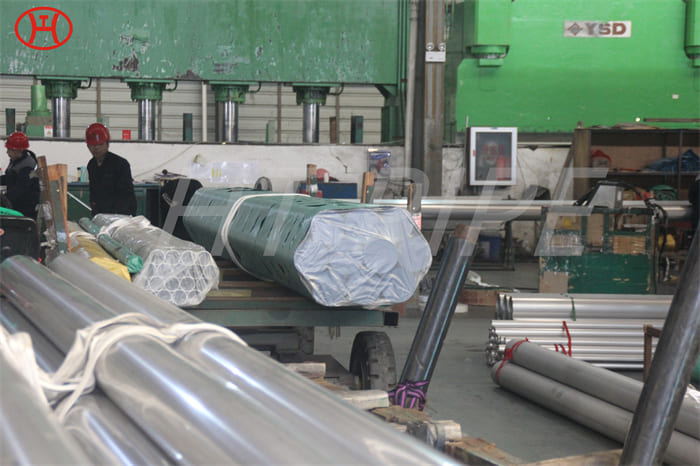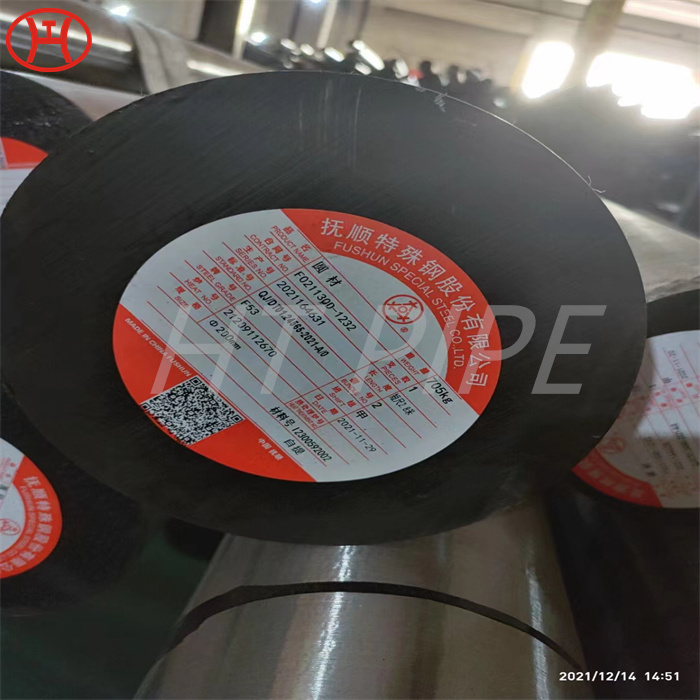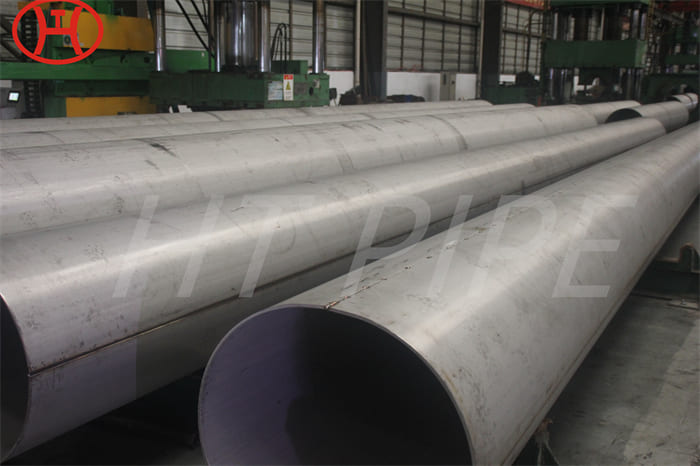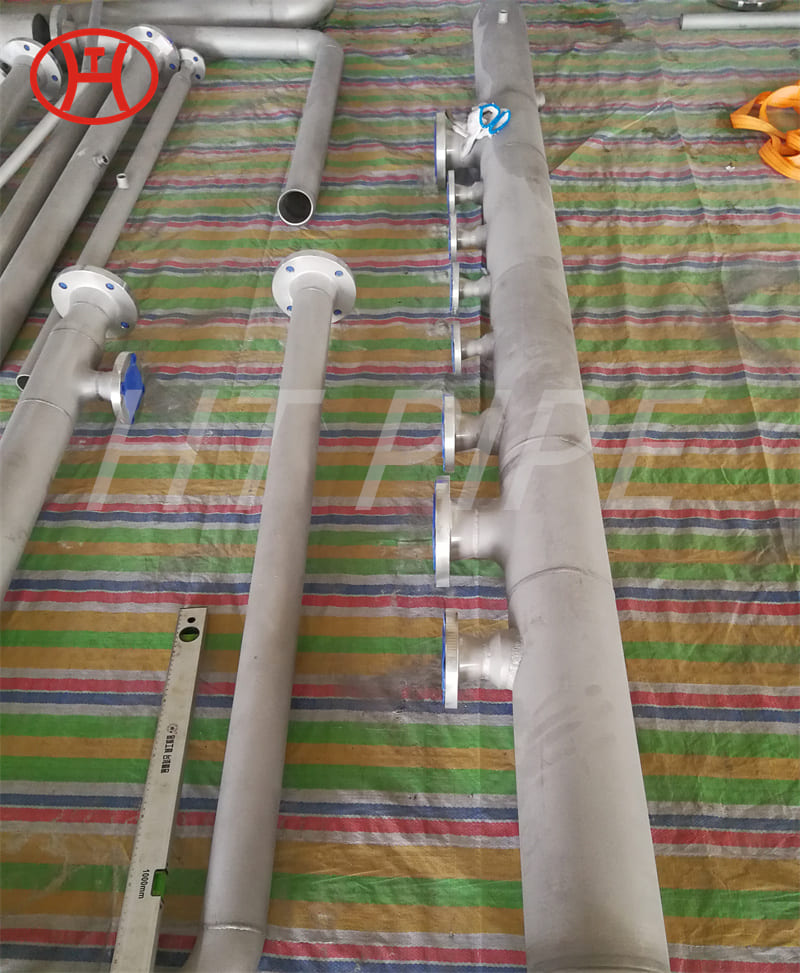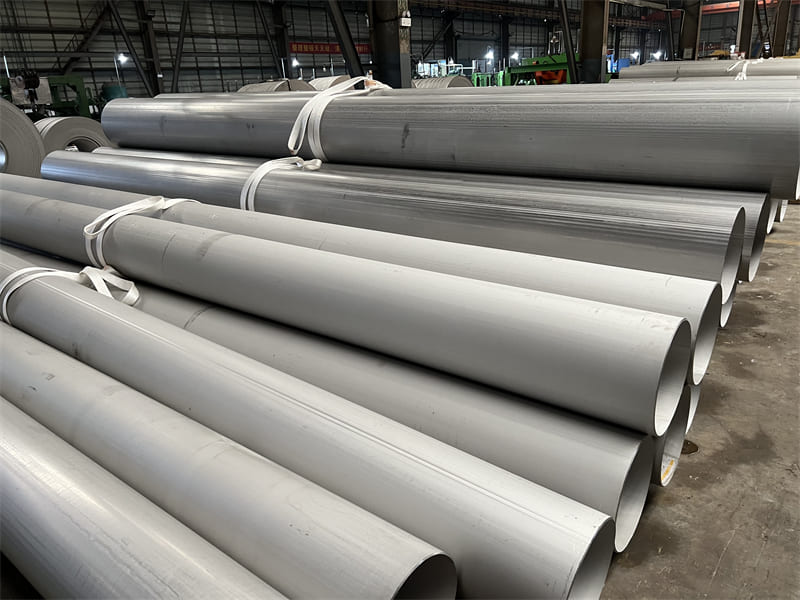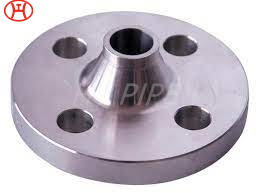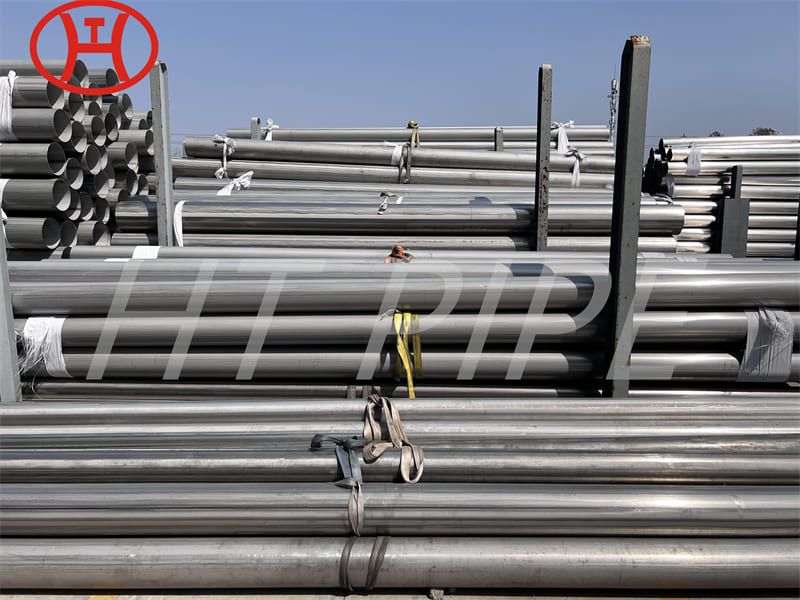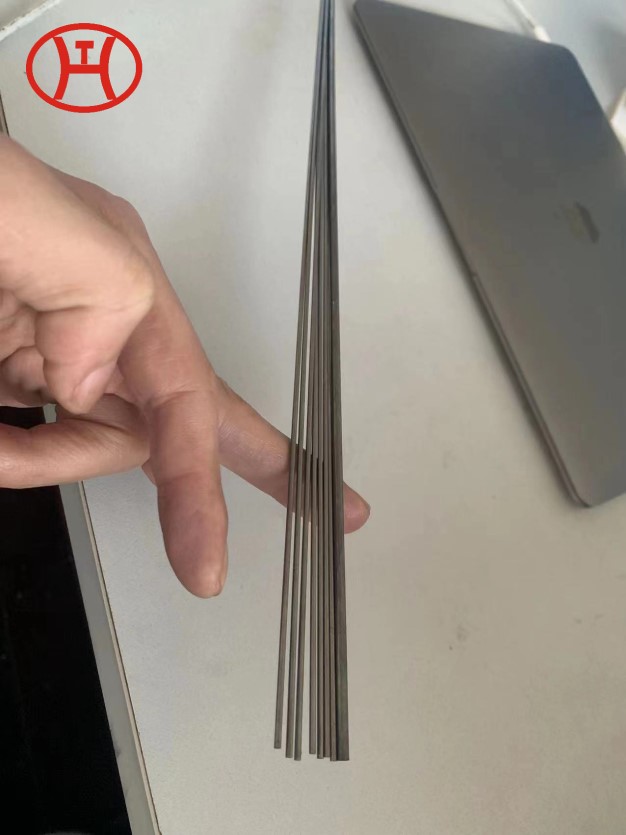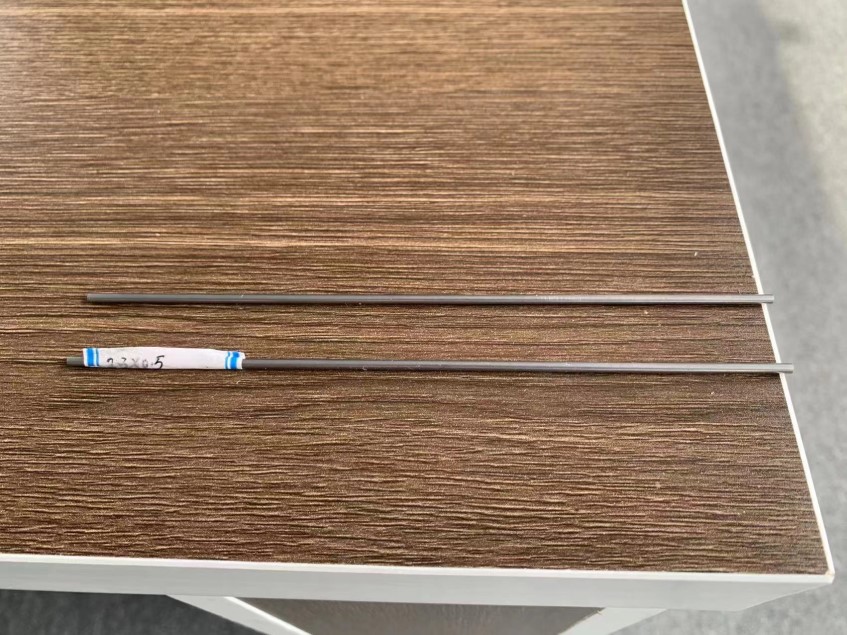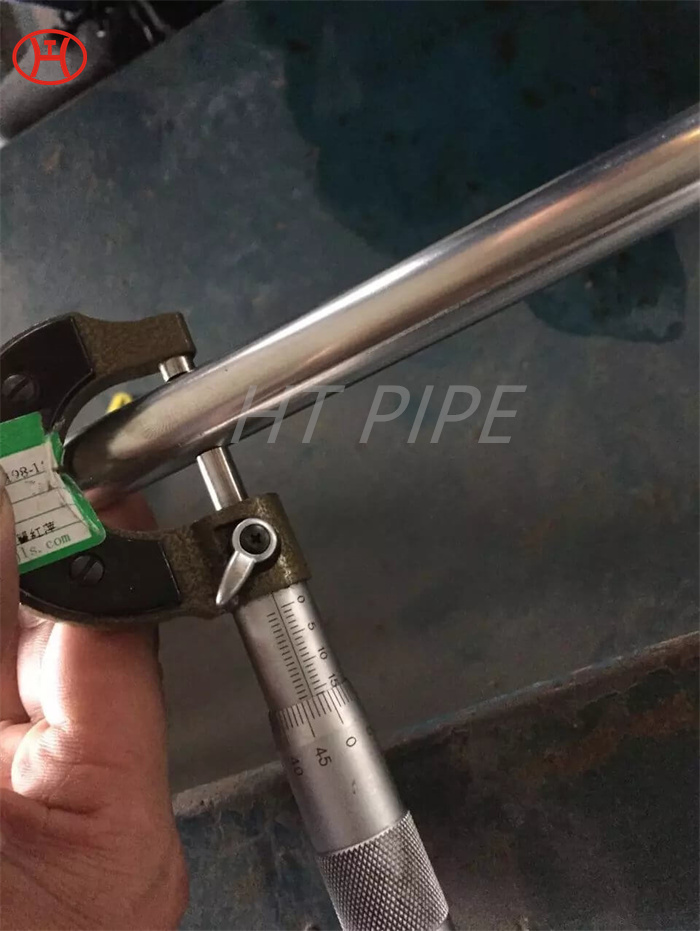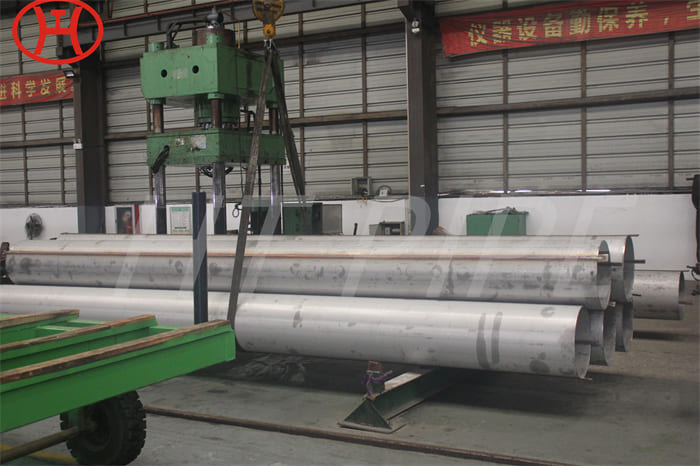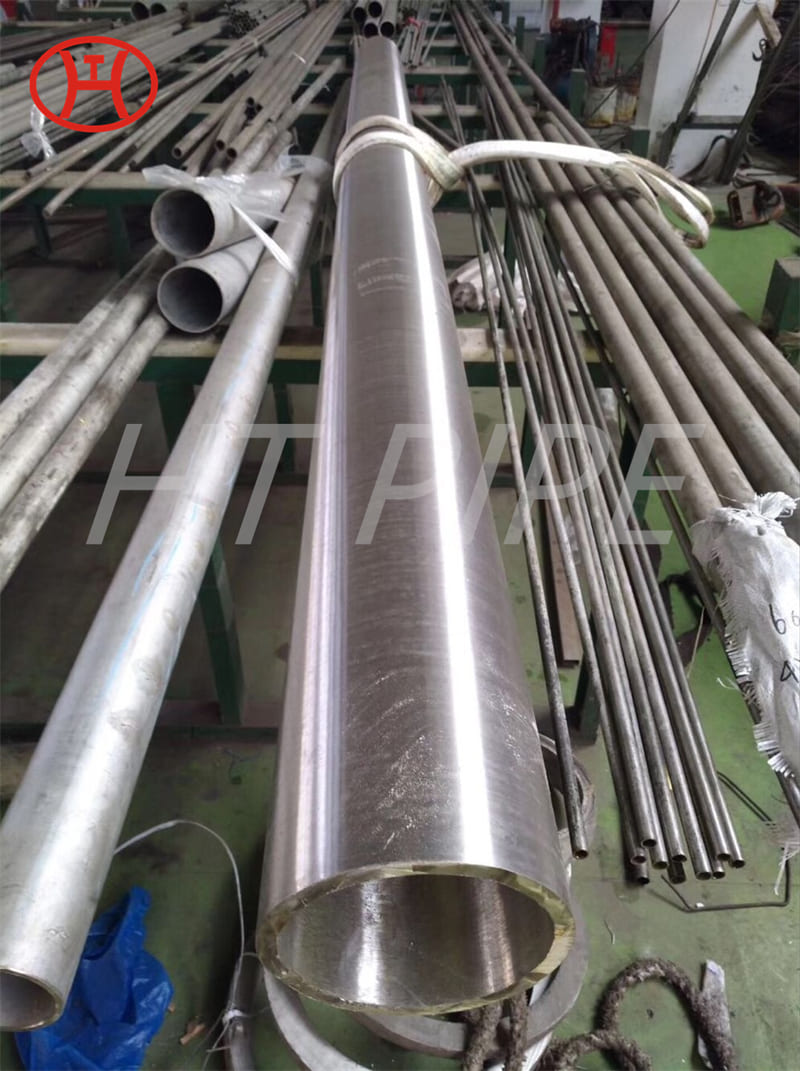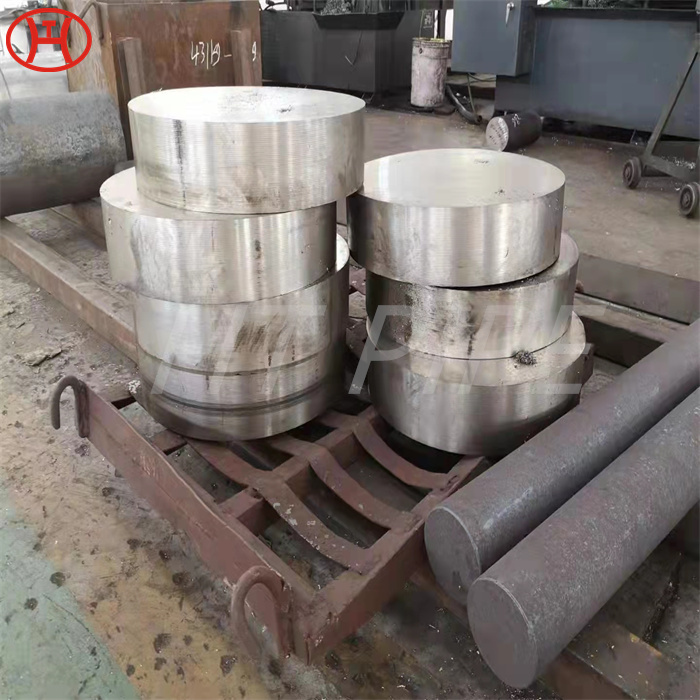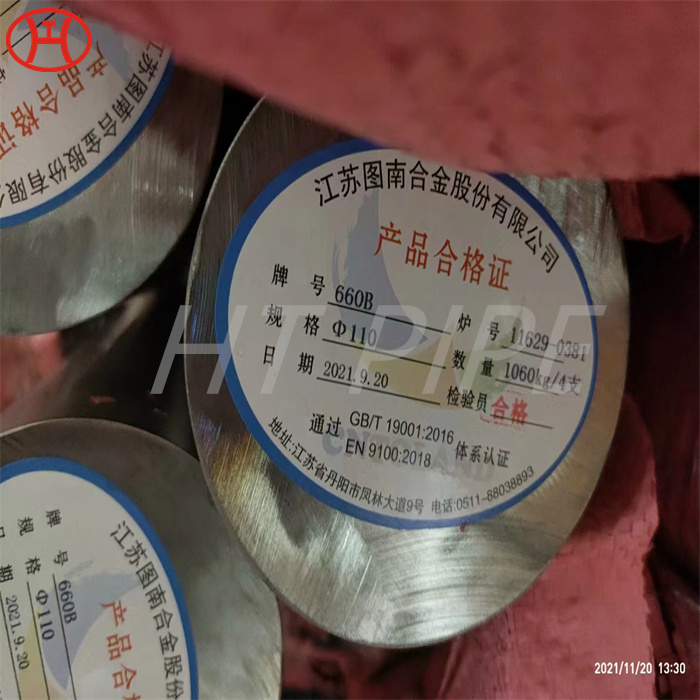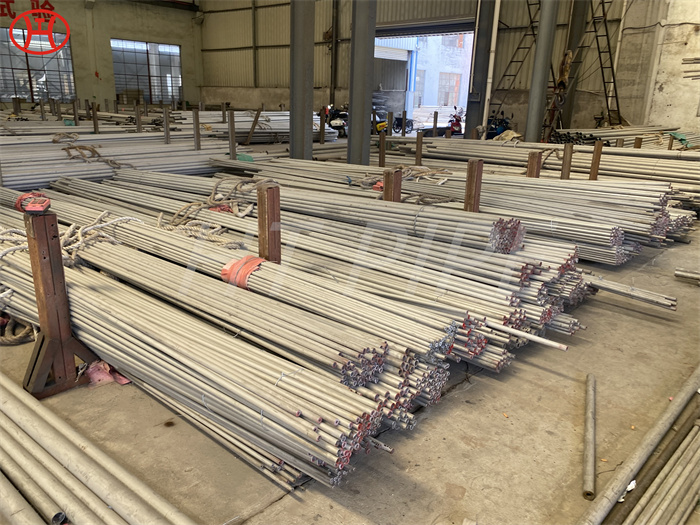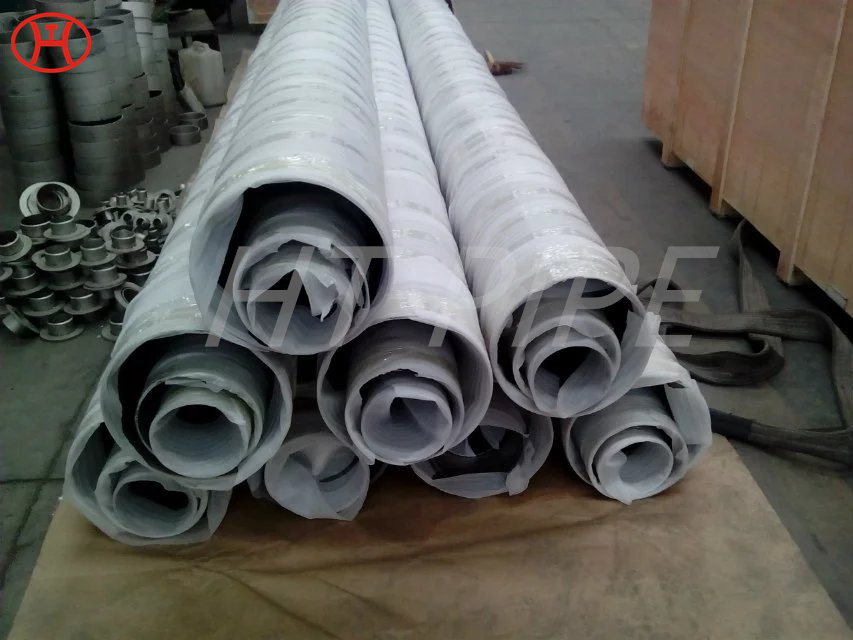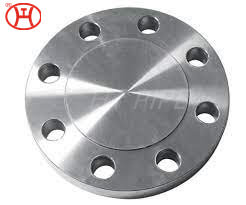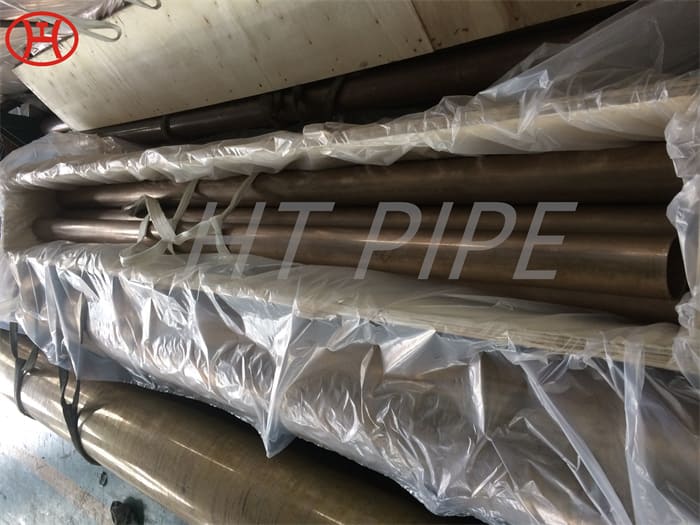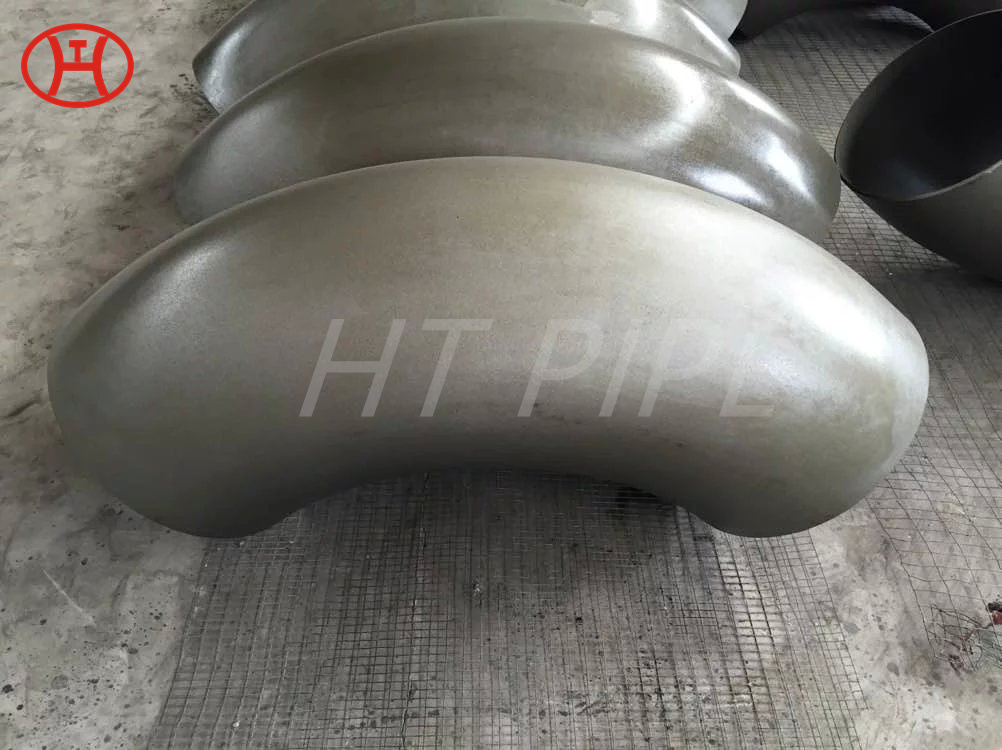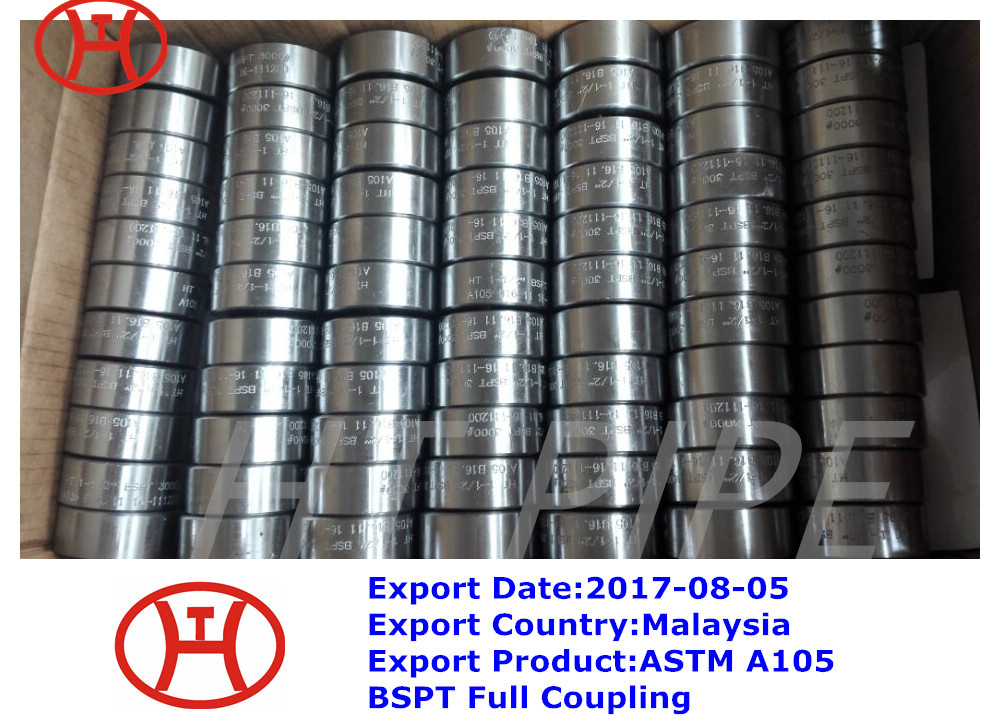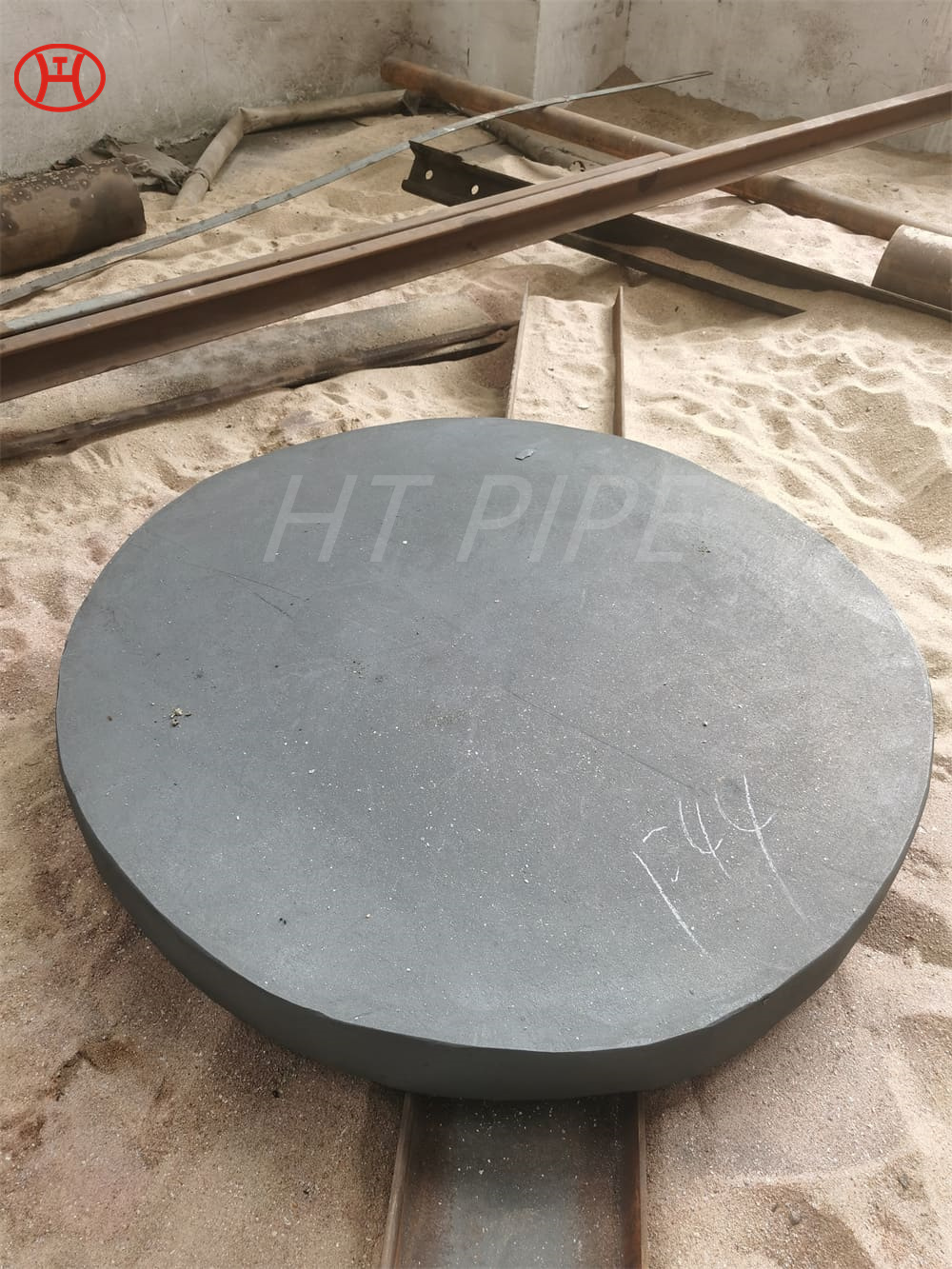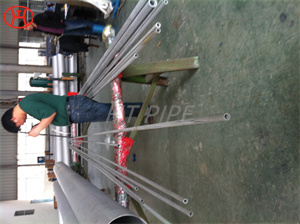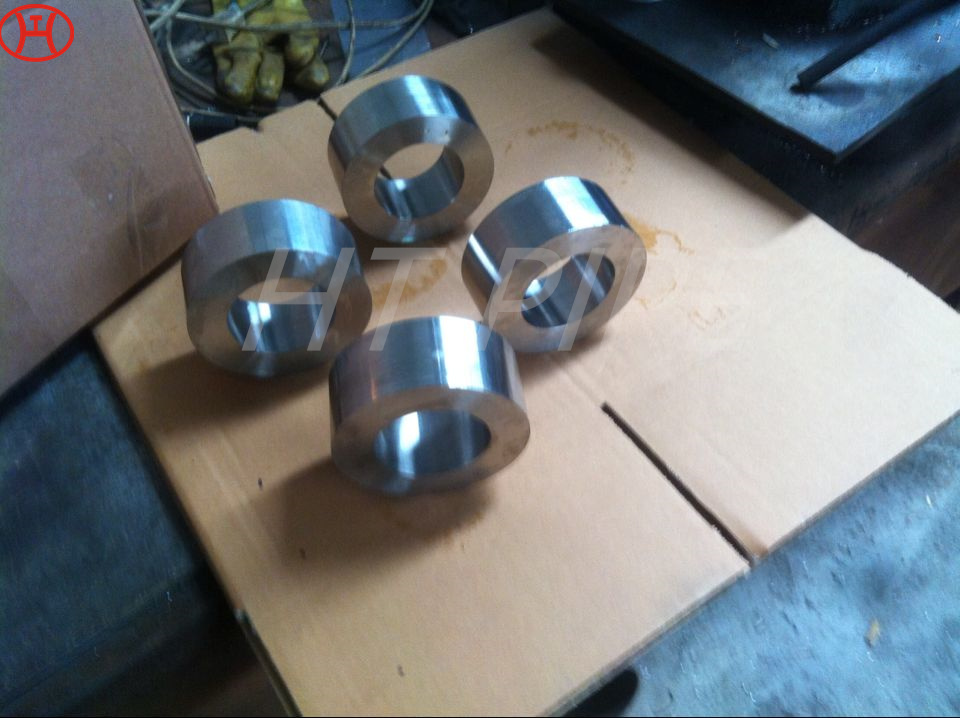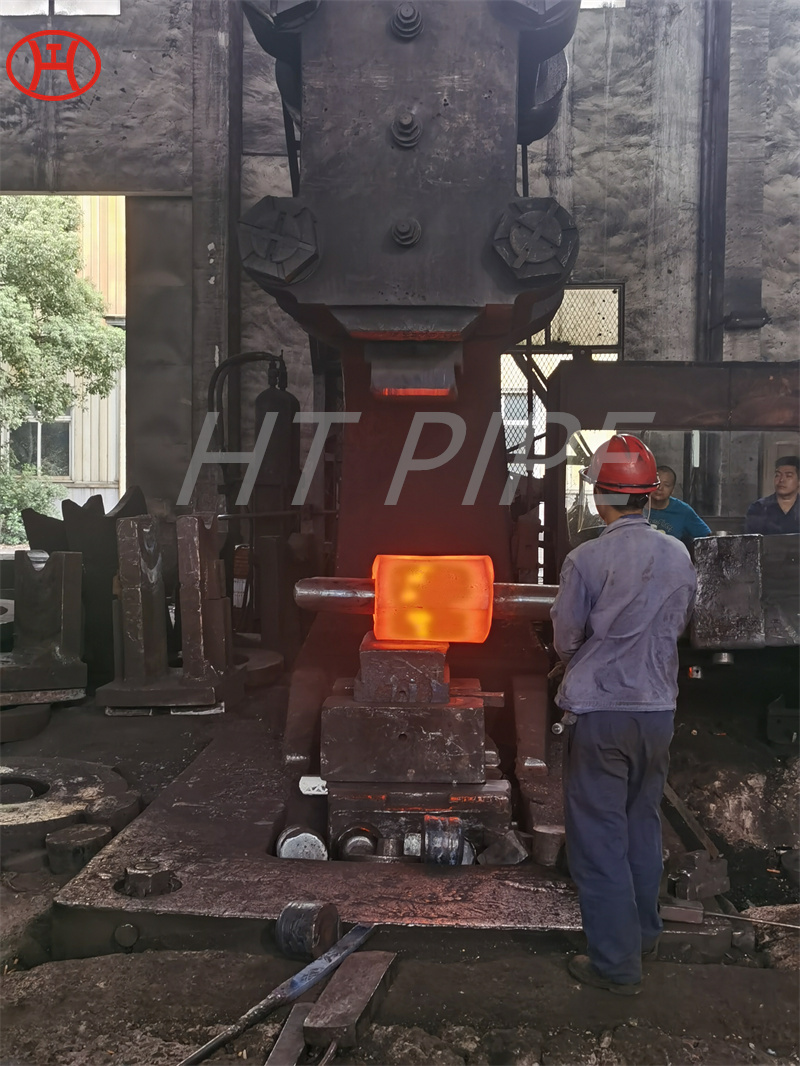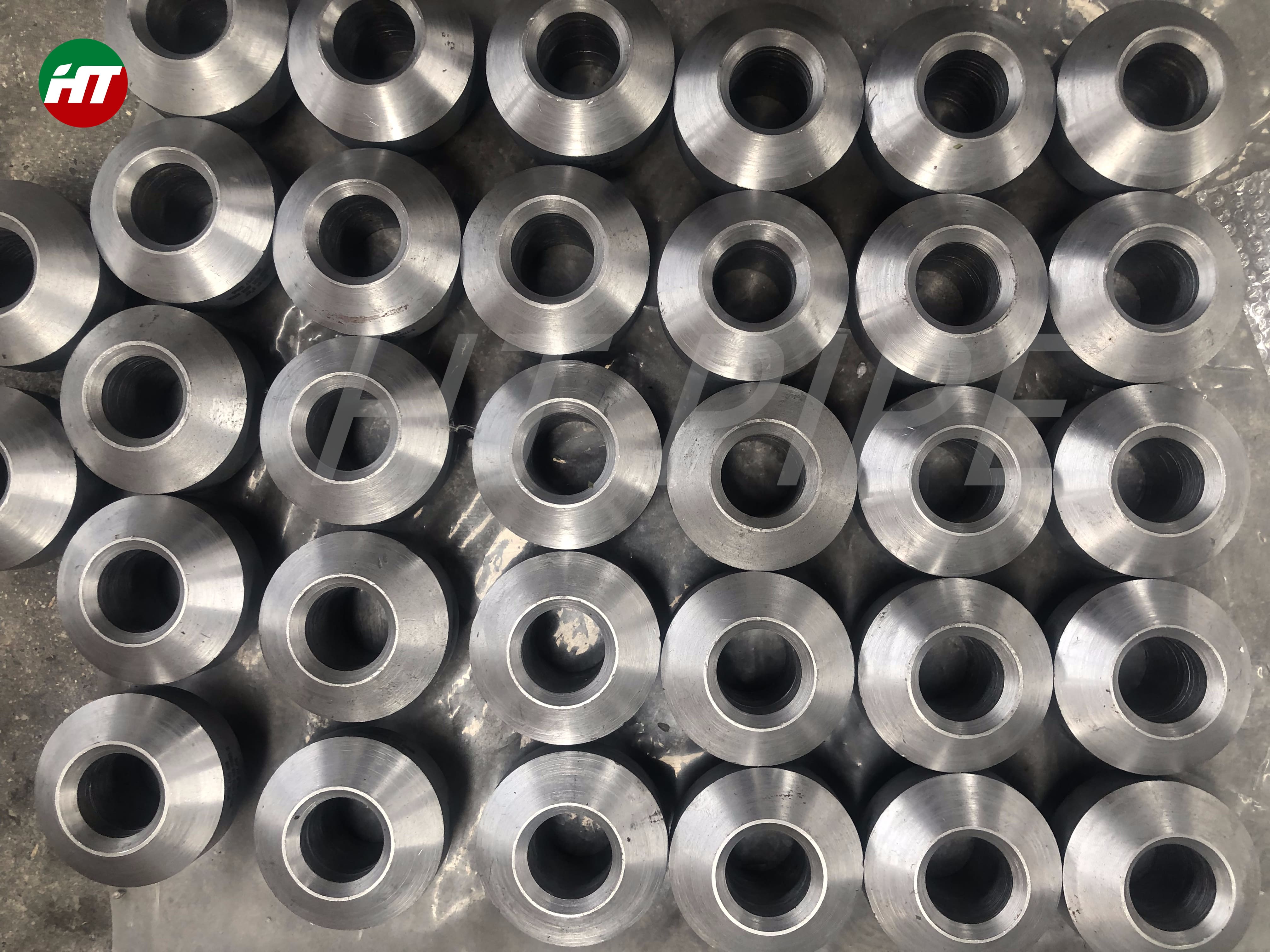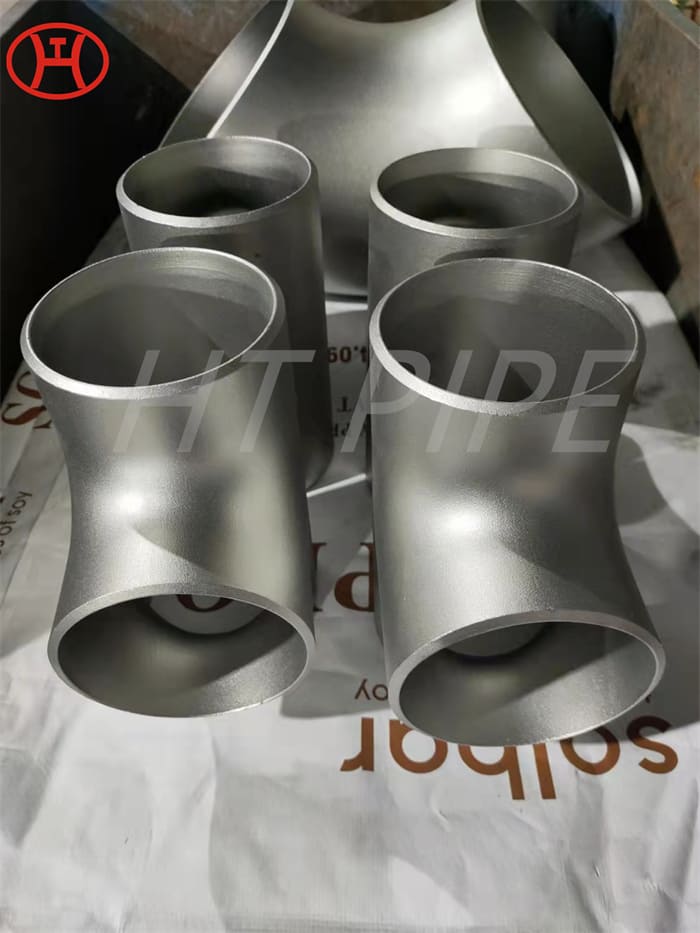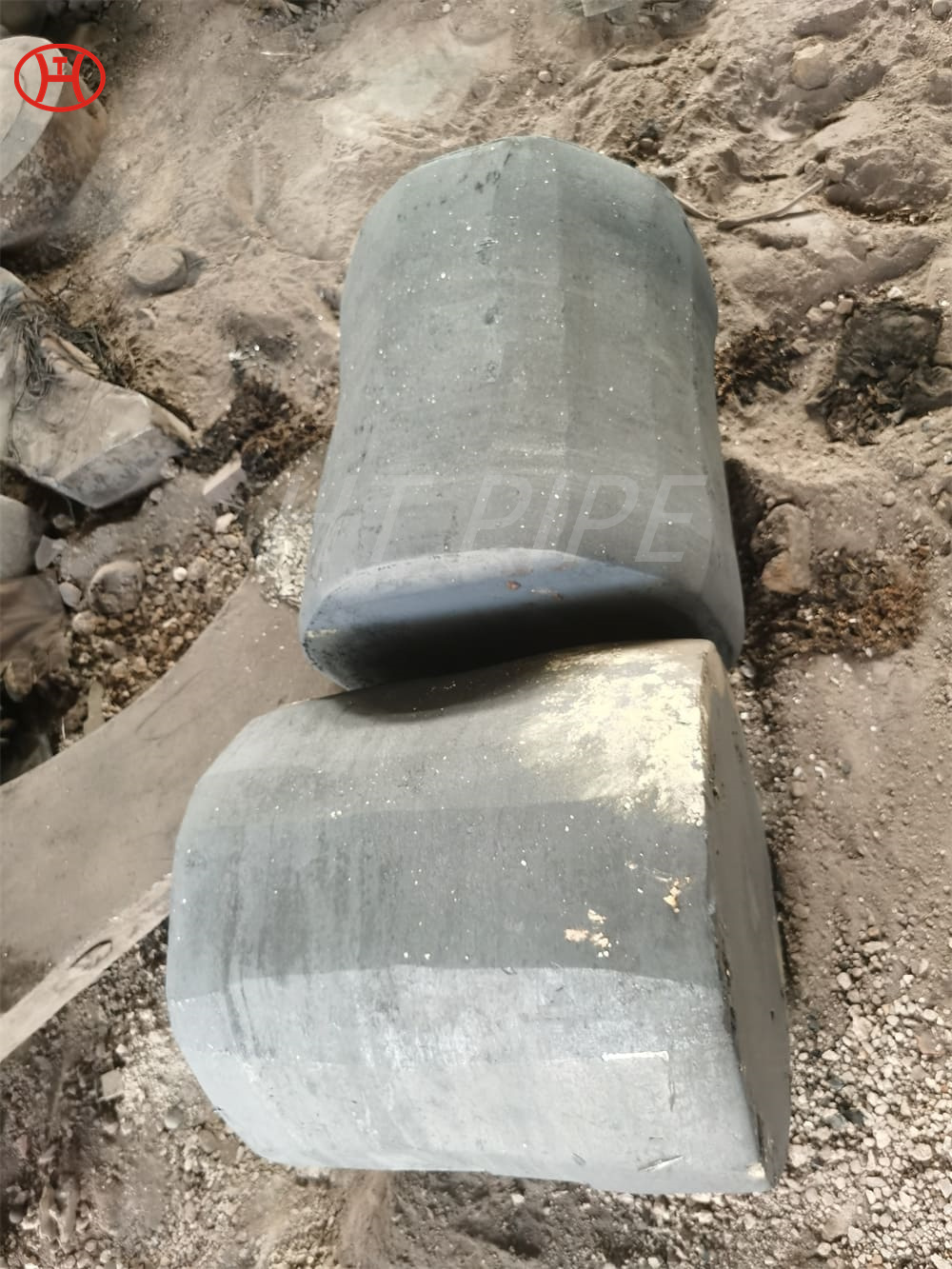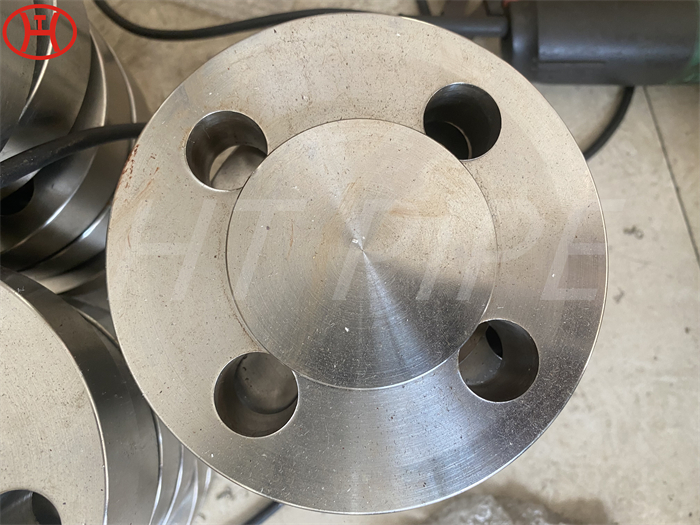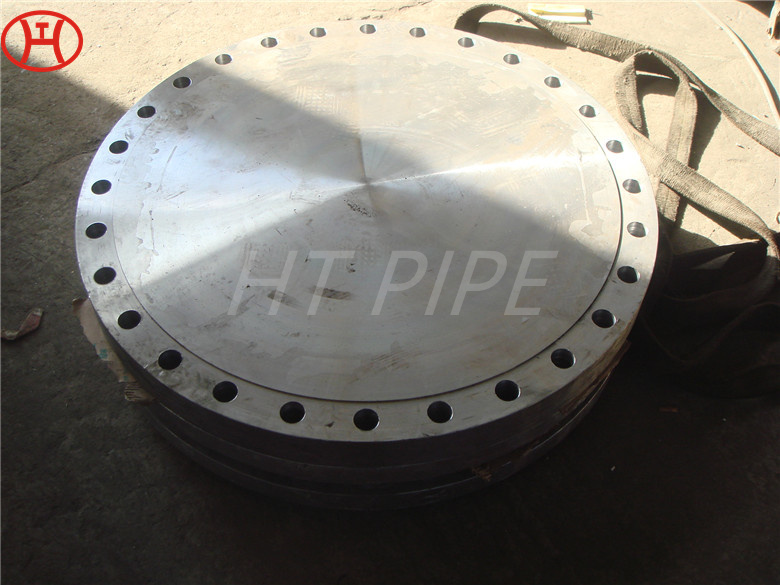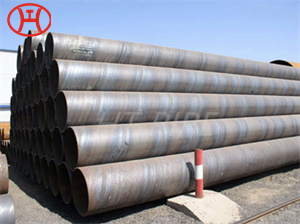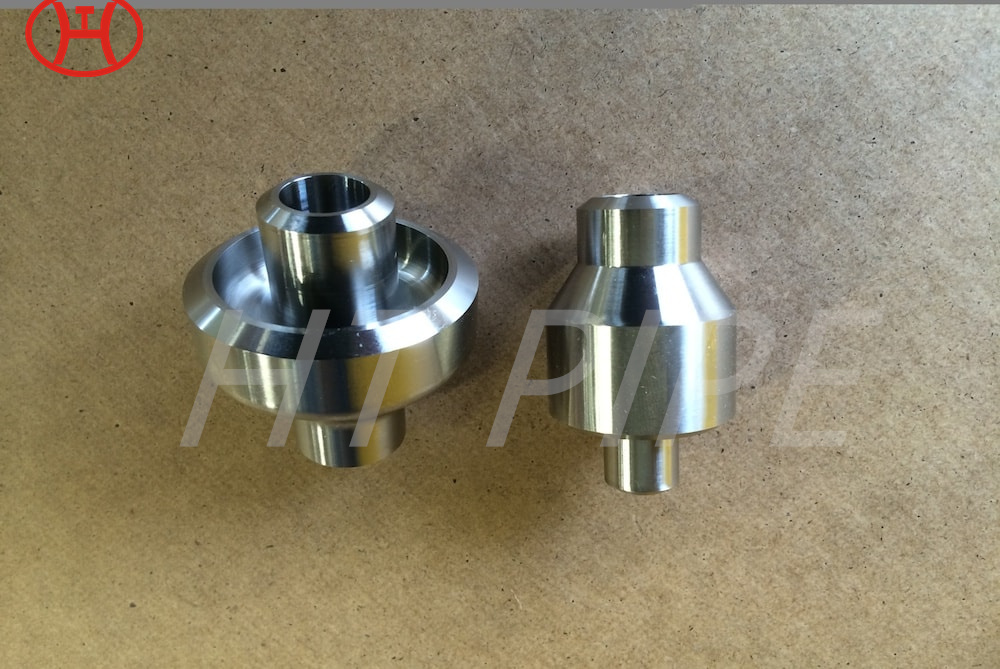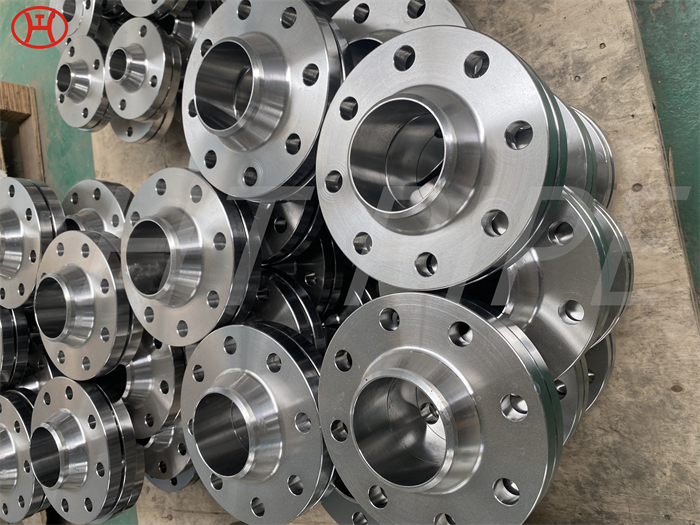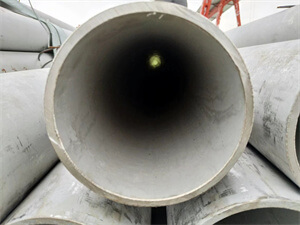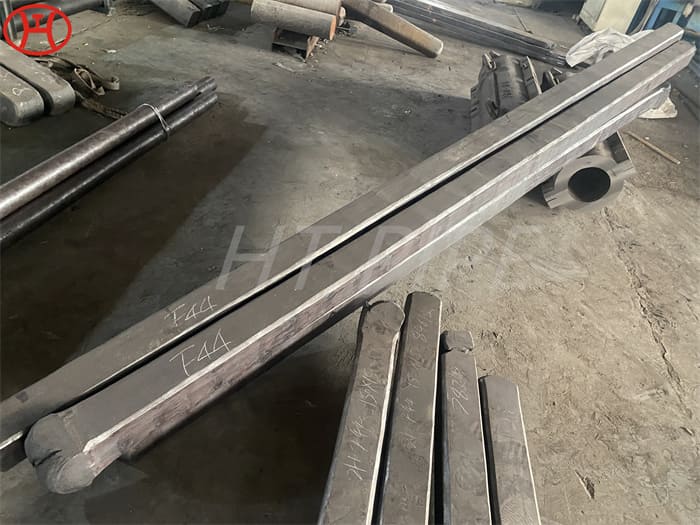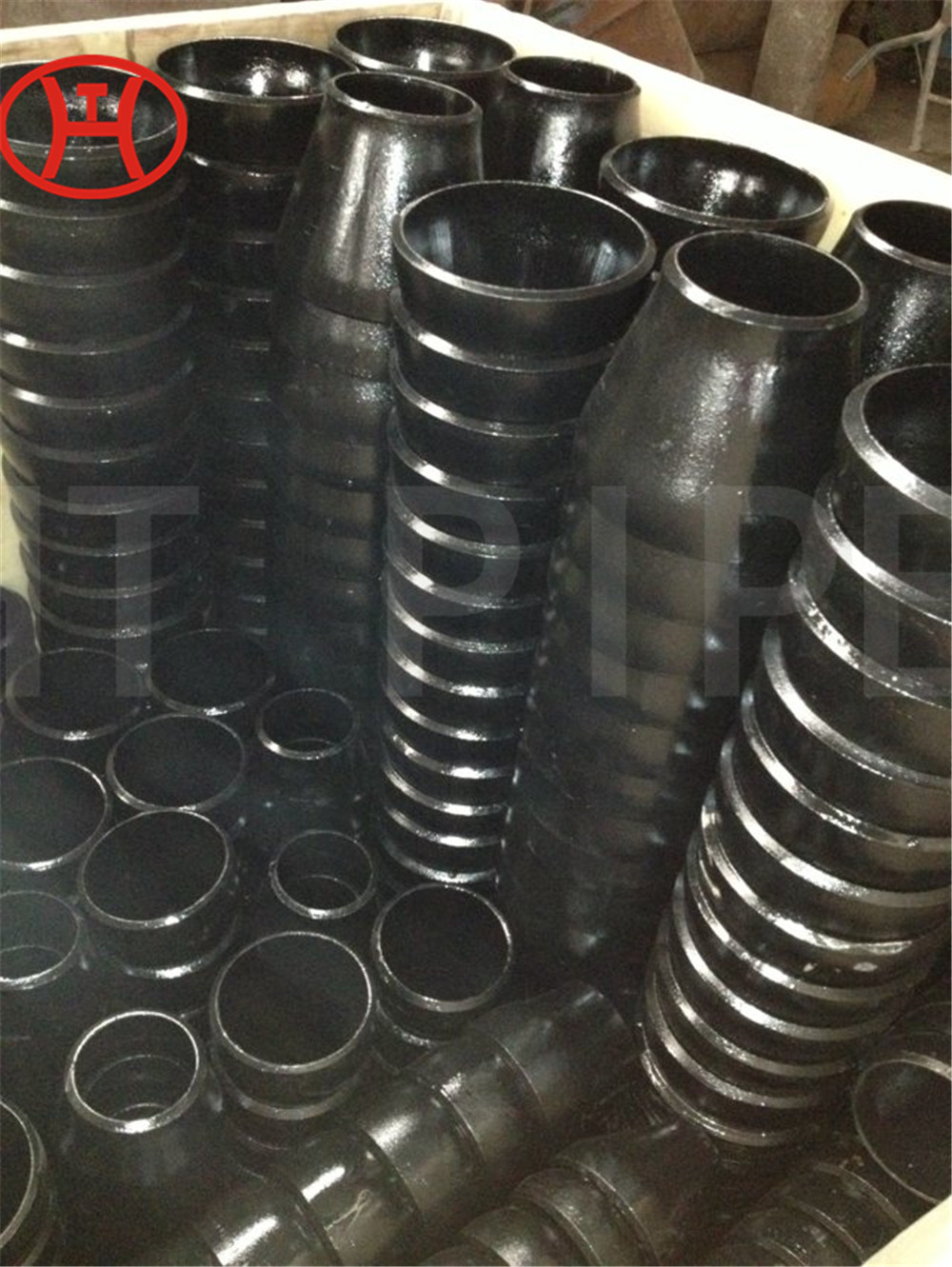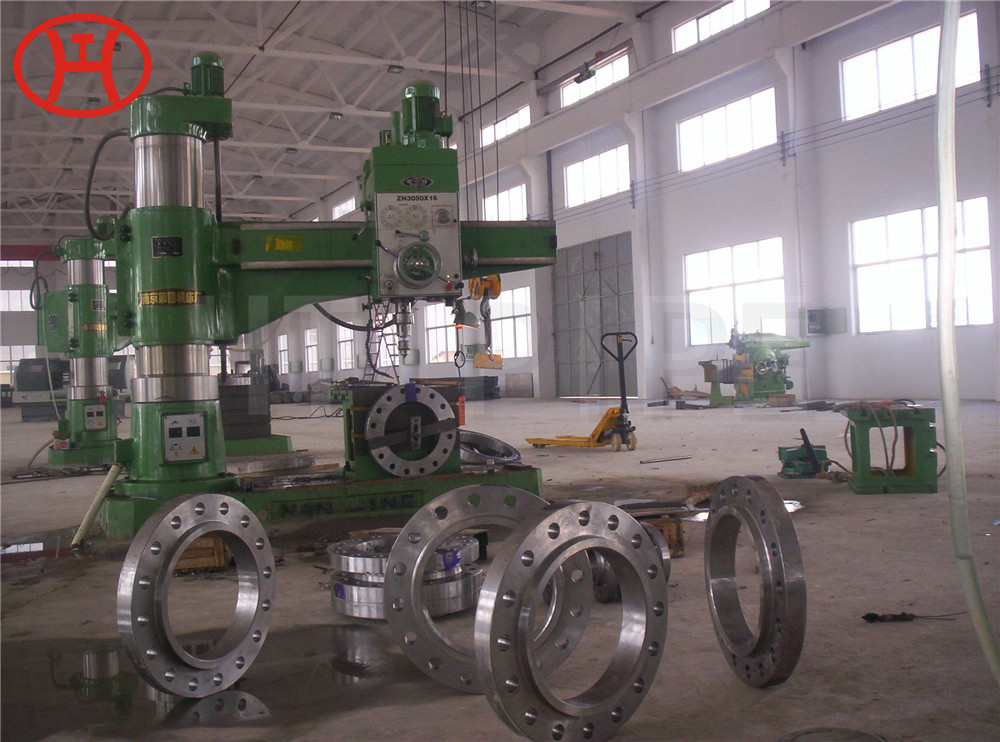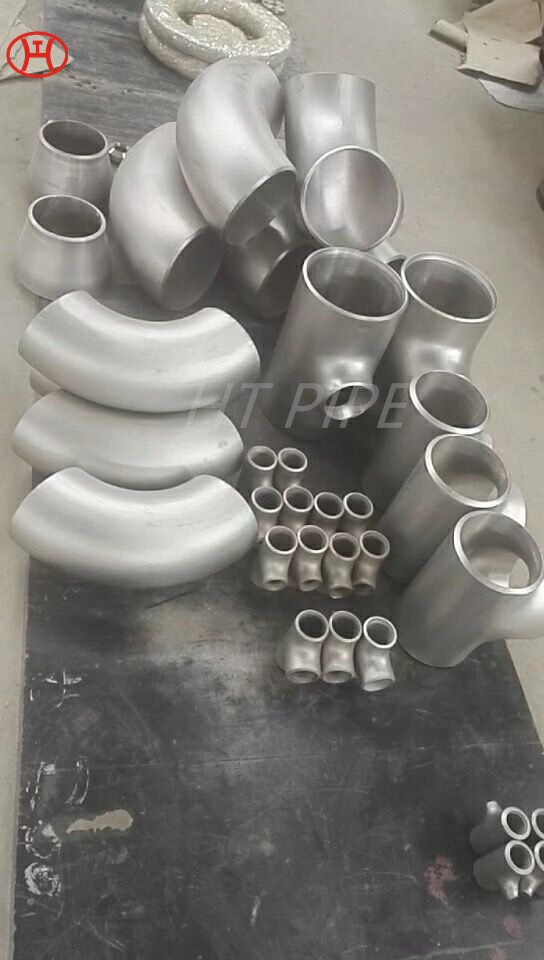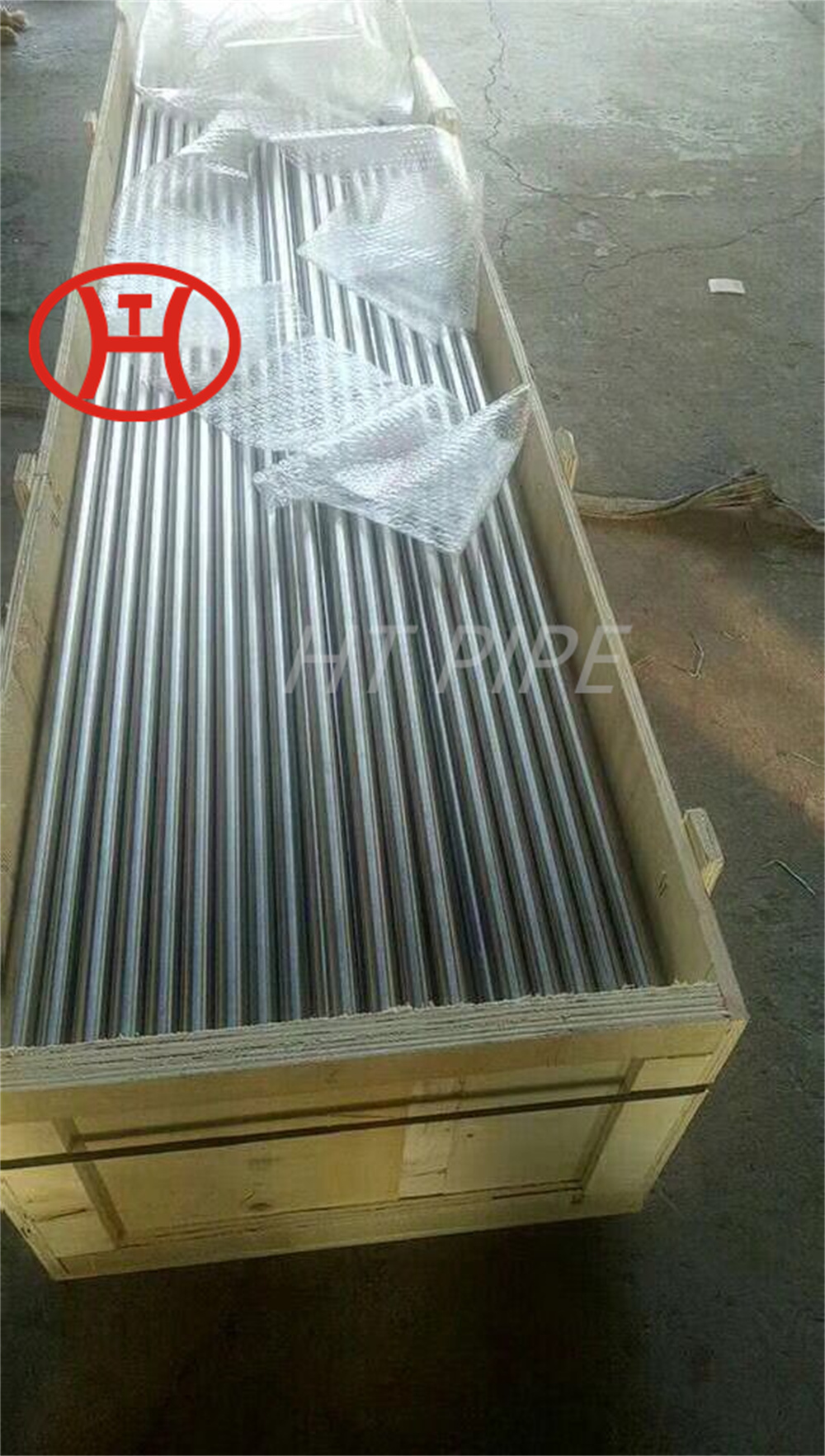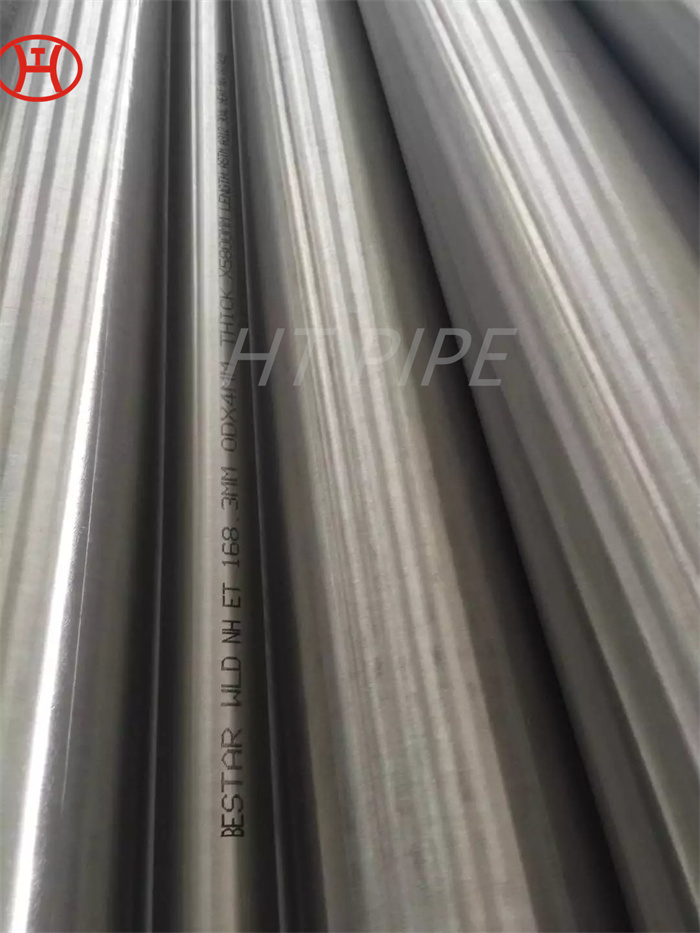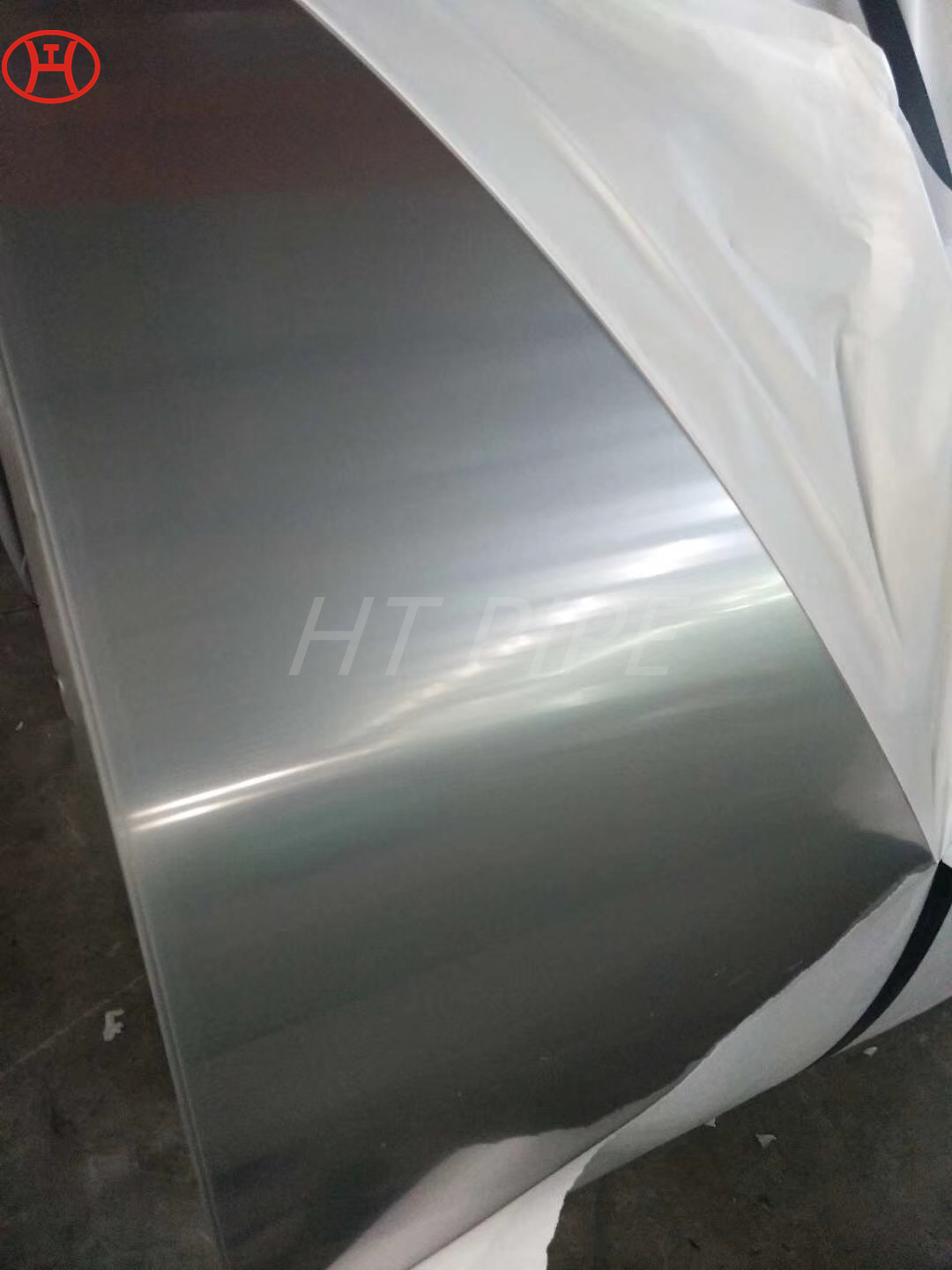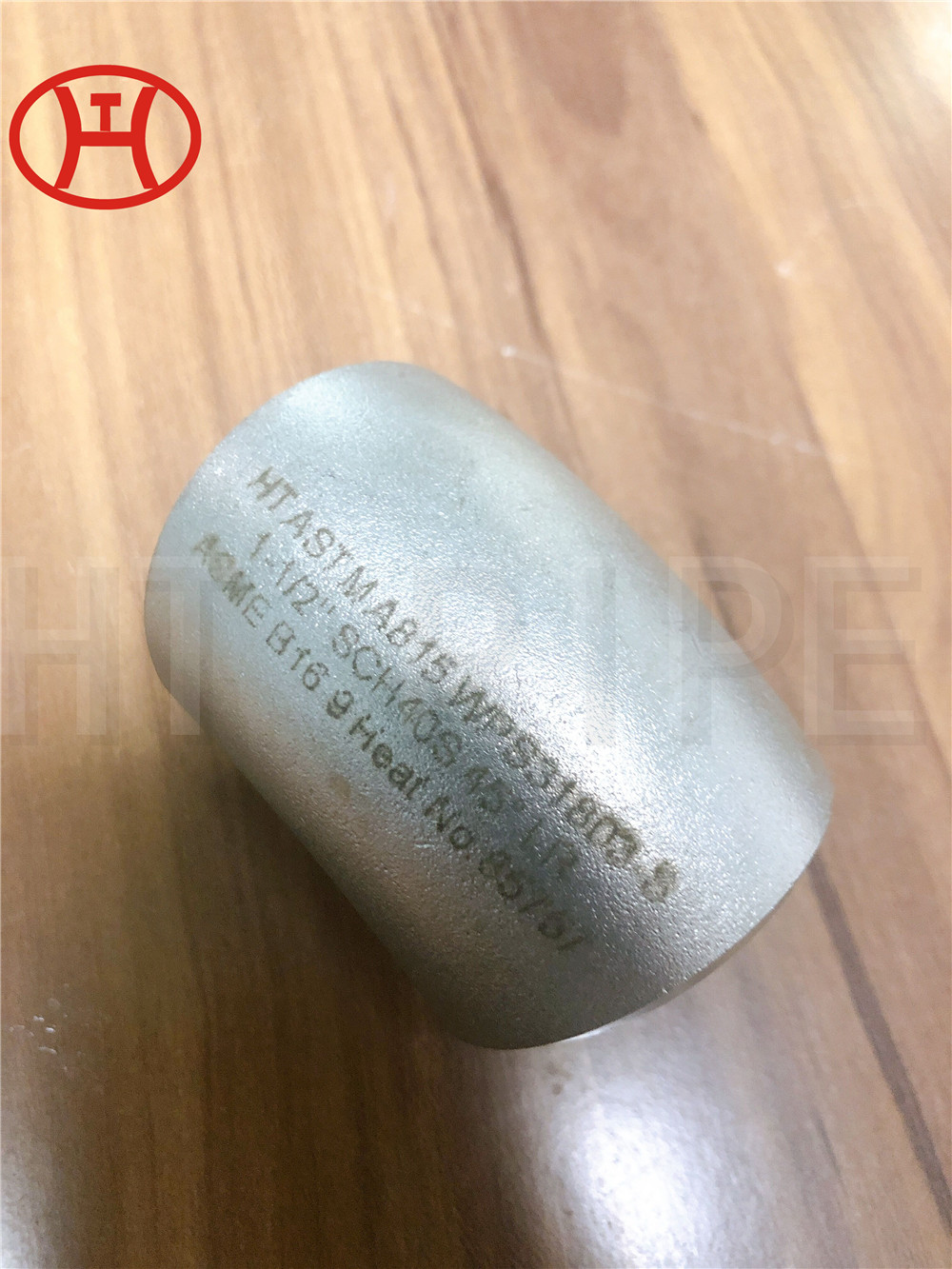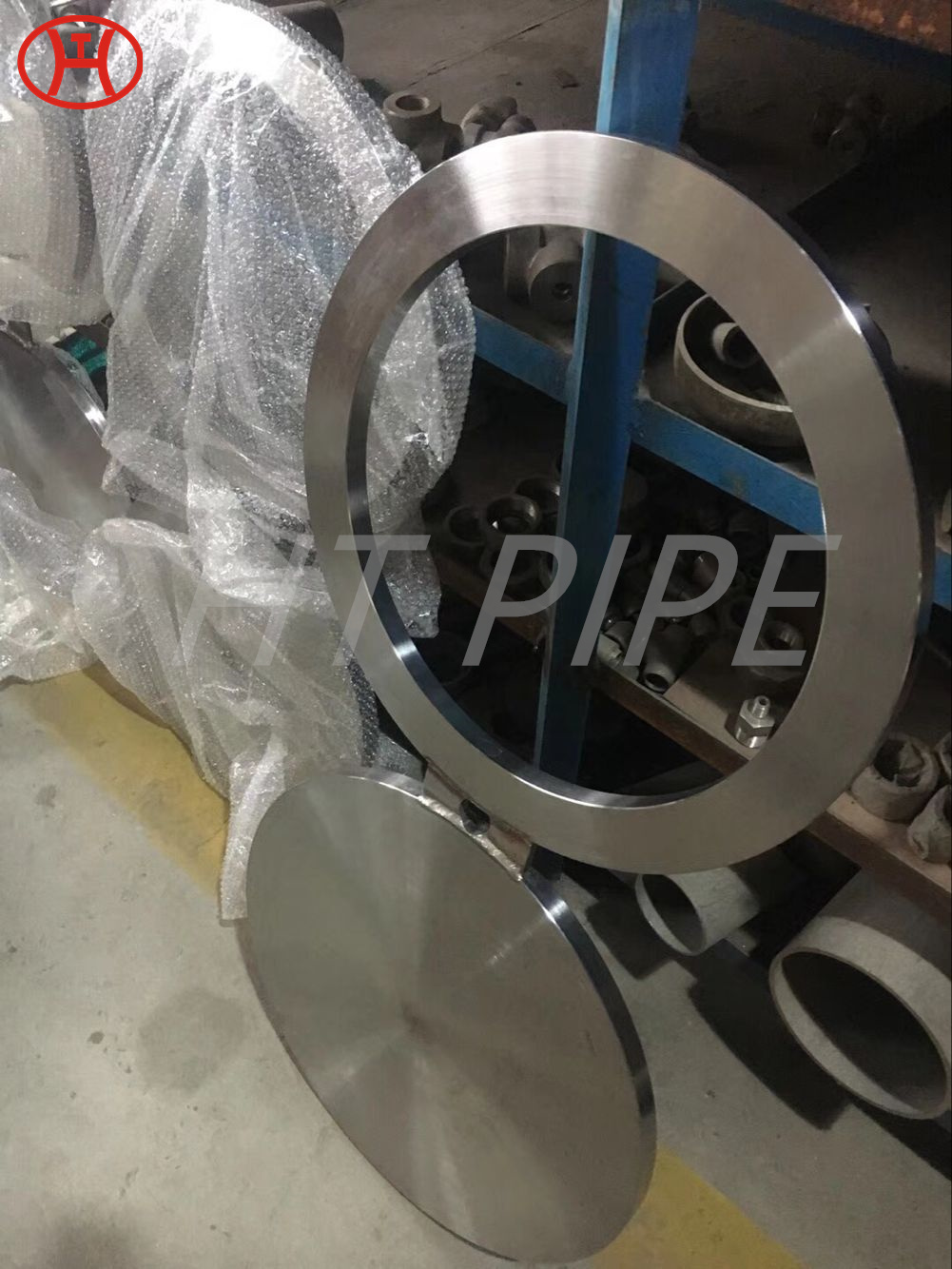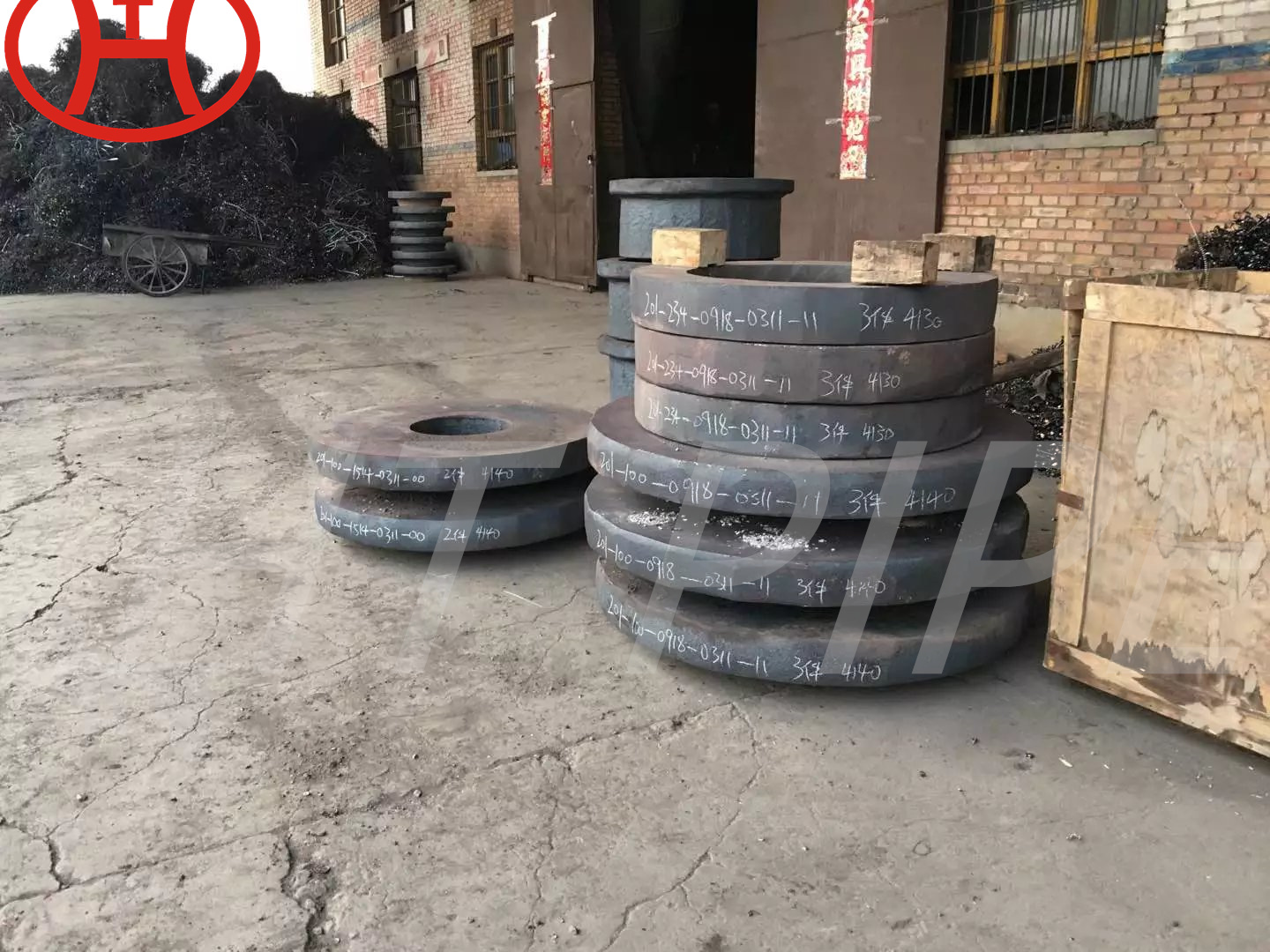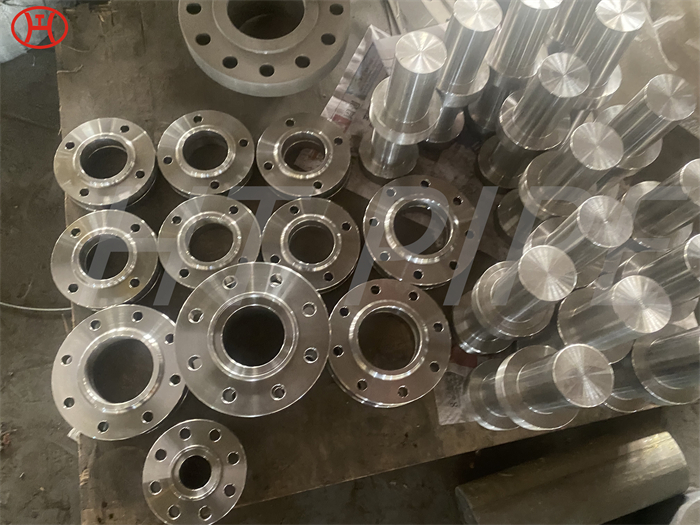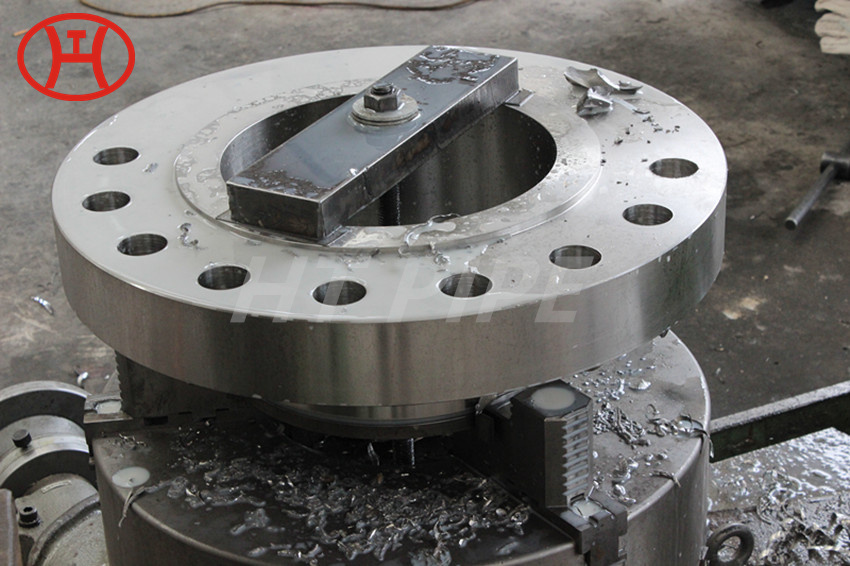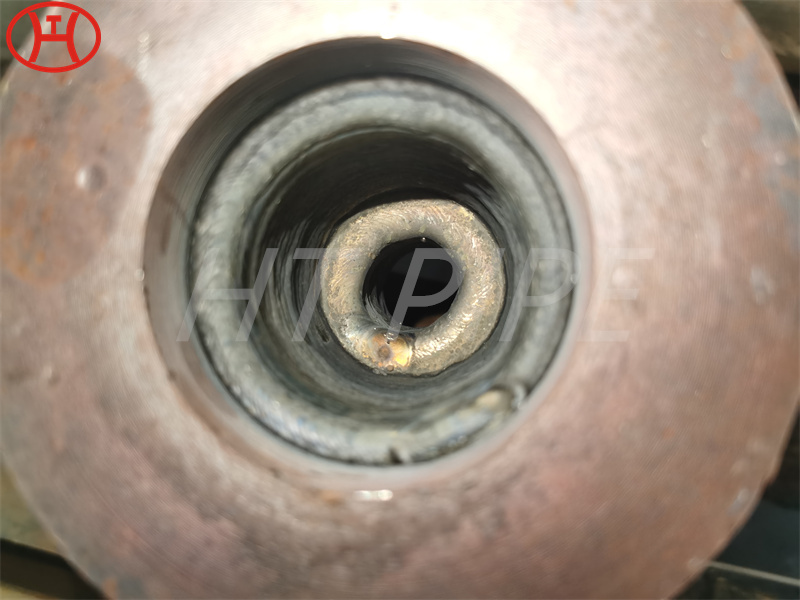304 316l stainless steel sanitary pipe fittings elbow butt welded pipe fitting
SA403 wp304 pipe end caps cover pipe ends, stop fluid flow and protect pipe threads. In multi-end fittings, it is often used to direct flow to a specific end.
304 Stainless Steel Weld Fittings, Check ASTM A403 Wp304 Elbow Pressure Rating, ASME B16.9 Stainless Steel 304 Buttweld Fittings, Check DN250 Sch40 MSS SP 75 SS 304 Fittings Price
Many industries rely on 304 Stainless Steel Weld Fittings in the construction of a piping system. With inflation around the corner, businesses seek alloys that offer S30400 Elbows cost reduction benefits. One such alloy that belongs to the austenitic category is the Stainless Steel 304 Pipe Fittings. Not only is this alloy very economical, but ASTM A403 Wp304 Elbow has good strength with moderate corrosion resistance properties. The utility of these Stainless Steel 304 Fittings is for those industries that look for economical components that add value to their piping system. A versatile alloy, the main reason for a manufacturer to be using these Stainless Steel 304 Buttweld Fittings is that S30400 Elbows offer great resistance to general corrosion. Uniform attack or otherwise known as general corrosion is a problem that is common for factories where the components are exposed to air.
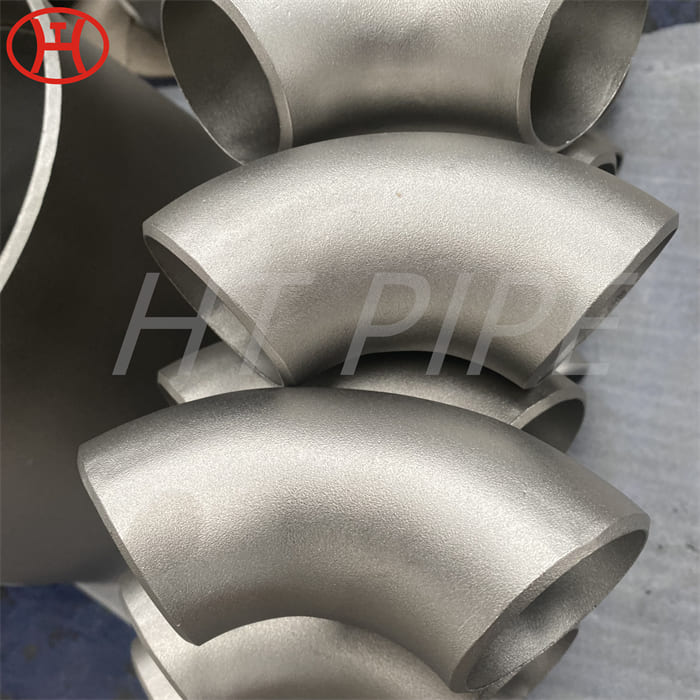
As a result of general corrosion, the surface of these components has a mottled appearance. Moreover, ASME B16.9 Stainless Steel 304 Buttweld Fittings weaken the alloy and require to be changed frequently to prevent disastrous effects. Since the alloy offers good resistance to general corrosion or uniform attack, industries can use the 304 Stainless Steel Weld Fittings without putting a dent in their pocket, financially speaking. This authentic alloy is very ductile. Therefore, MSS SP 75 SS 304 Fitting is possible to shape the fittings into any shape, including Elbow Stainless Steel 304, which could be angled at either a 45 degree angle or a 90 degree angle.
Schedule of ASME B16.9 Stainless Steel 304 Buttweld Fittings
| ASTM A403 Grade WP304 Buttweld Fittings | |
| SA 403 WP 304 Fittings Types | SA 403 Gr 304 90º LRs, 90º SRs, 45º Elbows, |
| SS 304 Concentric Reducers, 304 SS Eccentric Reducers, | |
| Grade WP304 Stainless Steel Tees, Reducing Tees and Stub Ends Fittings | |
| Sizes | 1/2″ – 12″ |
| Schedules | Sch 10S – 80S |

